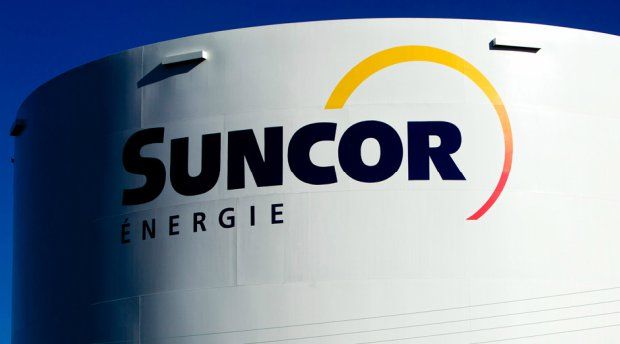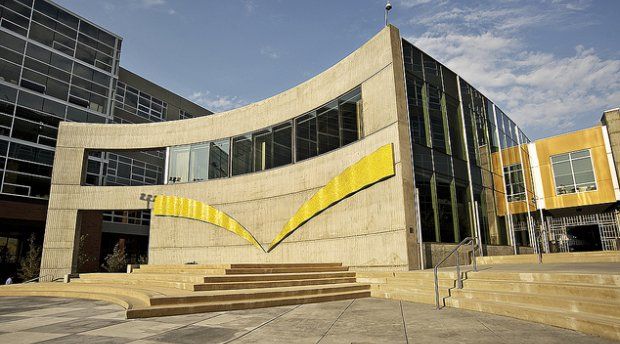Employment Cost in the U.S. Not Rising As Much During October
Post Views 0Employment expenses rose less than expected during the third quarter. It was the slowest pace that the United States had seen in the last two years. This is good news, according to Bob Tillis, a writer for Bloomberg. Inflation won’t rise as fast as predicted because of the third quarter’s slow employment costs.
The lower employer-spending amount went down from July through September. The previous quarter saw a gain of 0.7, according to numbers reported by the Department of Labor. Befit costs stayed at a reasonable level, the best seen since 1999, and employee wages climbed at the snail pace that economists haven’t seen in more than a year. Economists predict that the next quarter will see a 0.6 increase, according to a study conducted by Bloomberg.
The numbers show that workers don’t have any room to bargain over the status of their jobs, at the present time. Over 14 million people are jobless and many of the unemployed are willing to take your job, even if it comes with unreasonable expectations. The Federal Reserve conducted a survey for economic workers by region, that said, “wage pressures remained “subdued” and “most other cost pressures moderated” last month,” according to Bob Willis, a writer for Bloomber.com
In times where unemployment remains high, labor cost tend to stay low, according to Robert Dye, an economist at Comerica Inc. out of Dallas, Texas. Workers are nickel and diming their disposable income spending amounts while corporations can count a thicker wad of money because hourly and yearly wages for those working, or who seek employment, are low to nonexistent.
Economists estimated that second-quarter employment costs increase at a rate between 0.4 to 0.8 percent. The survey took information from 51 economists located within the United States.
Your employment cost index measures corporate spending by categories of wage, benefits and employer taxes, including Medicare and Social Security.
Employment wage and salaries accounts for 70 percent of a corporation’s spending. This employment-spending category saw a jump of 0,3 cents in the third quarter and previous gain of 0,4 percent, according to a report from the Department of Labor on October 28th, 2011.
Workers paying for benefits that include severance pay, bonus’s, health insurance and paid vacations saw the cost, in relation to these areas, rise 0.1 percent in the last quarter, which is the lowest employees have experienced since 1999, after a gain of 1.3 percent during the second quarter of 2011.
Some companies experienced a major increase in employment wage and other labor-related costs. One such company, Union Pacific Corporation, saw a jump of 9 percent during the third quarter.
Wage spending will remain sluggish through 2011, with only a moderate increase excepted for 2012. The employees who will see the highest salary jump are those who have special skills. For example, someone who can come up with creative advertisements and can also work on various computer applications will find themselves snapped up by an advertising agency willing to give them a high salary for their level of expertise.
Employment Cost in the U.S. Not Rising As Much During October by Harrison Barnes



 Top Canadian Companies You Want to Work For
Top Canadian Companies You Want to Work For  Amazon May Have a Better Grasp on Workplace Culture
Amazon May Have a Better Grasp on Workplace Culture  2006-2015 Median Weekly Earnings of Full-Time Workers in the United States
2006-2015 Median Weekly Earnings of Full-Time Workers in the United States  US Dollar Gaining Momentum
US Dollar Gaining Momentum  Expected Changes in 2016 to the Workplace
Expected Changes in 2016 to the Workplace